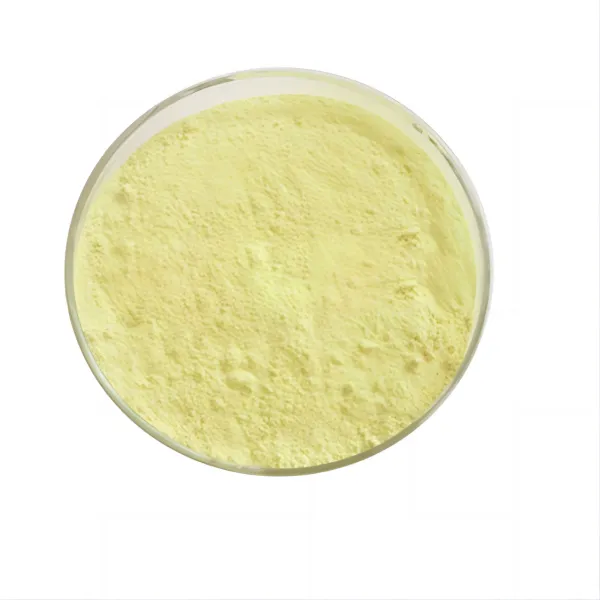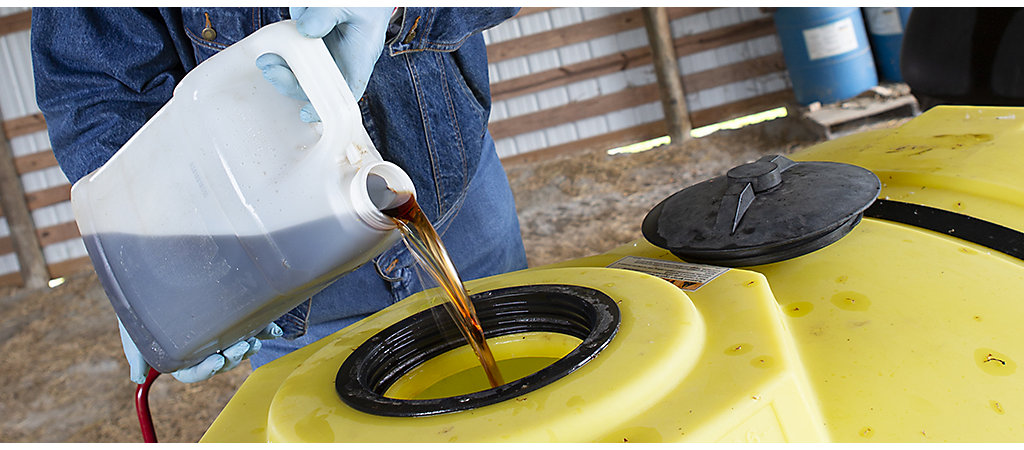
Herbicide in liquid fertilizer?
Dilute and agitate!
Blending herbicide in liquid fertilizer has some real benefits. You save a trip, and you don’t feed weeds.
But, if you do your own mixing and application with liquid fertilizer, be aware of a few potential pitfalls. You can avoid those by following the mixing steps precisely.
herbicide is the most common in these weed-andfeed programs. It seldom requires a compatibility agent to mix with liquid fertilizer, but there are times. If you have any doubt, do a jar test to see if the elements will stay in solution.
Some potential pitfalls: The lower the temperature of the liquid fertilizer, the greater the chance you’ll have trouble mixing in herbicide. Mixing herbicide with blended nitrogenphosphorus or nitrogen-phosphorus-potassium solutions is more difficult than with straight liquid nitrogen. Mixes with sulfur also have been more difficult. Always do a jar test before mixing with fertilizer blends, the experts say
Mixing Mistakes
Most mixing problems occur because of one or two mistakes.
The first is when an operator doesn’t dilute the herbicide with water before adding it to the tank. Before you add herbicide to liquid fertilizer, dilute the herbicide with water at a 1 to 1 ratio or 1 to 2 ratio (one part herbicide to one to two parts water) making sure it is thoroughly mixed.
The second common mistake is not having enough agitation during mixing and application.
Both dilution and agitation are essential to a successful mix of herbicide and liquid fertilizer, the experts say, regardless of the formulation.
Finally, follow these steps faithfully for a successful application:
- Dilute herbicide in water (1 part herbicide to 1 to 2 parts water) and agitate before adding to the fertilizer solution. If possible, add the water and herbicide to the tank first, and then add the liquid fertilizer.
- Maintain continuous, vigorous agitation throughout mixing and application without interruption.
- Apply the mixed solution as soon as mixing is complete. Do not store the spray mixture.
- Don’t apply in freezing or very cold weather. The likelihood of mixing or compatibility problems with liquid fertilizer increases under cold conditions.
Remember, liquid fertilizers themselves can cause yellowing of grass and other foliage. This usually disappears after the first significant rainfall.


